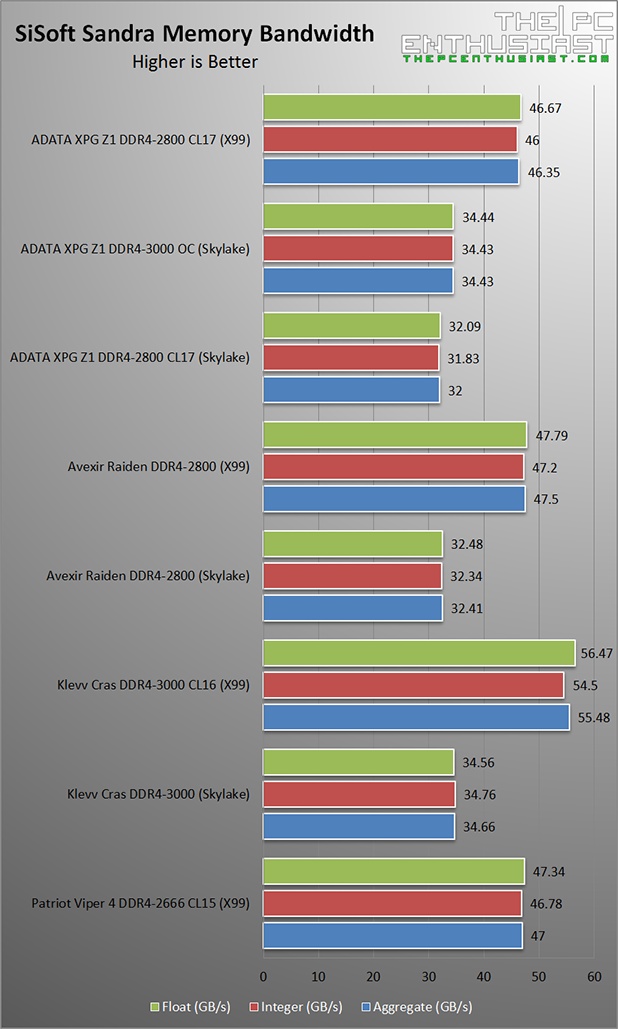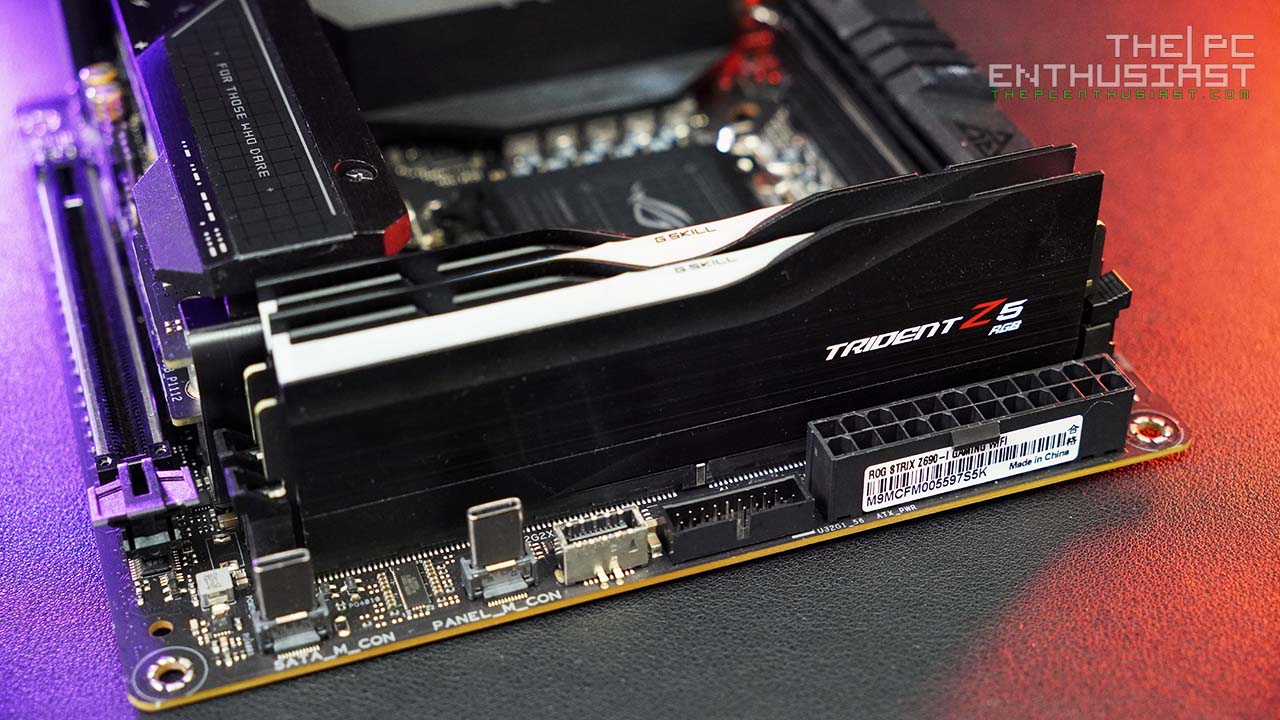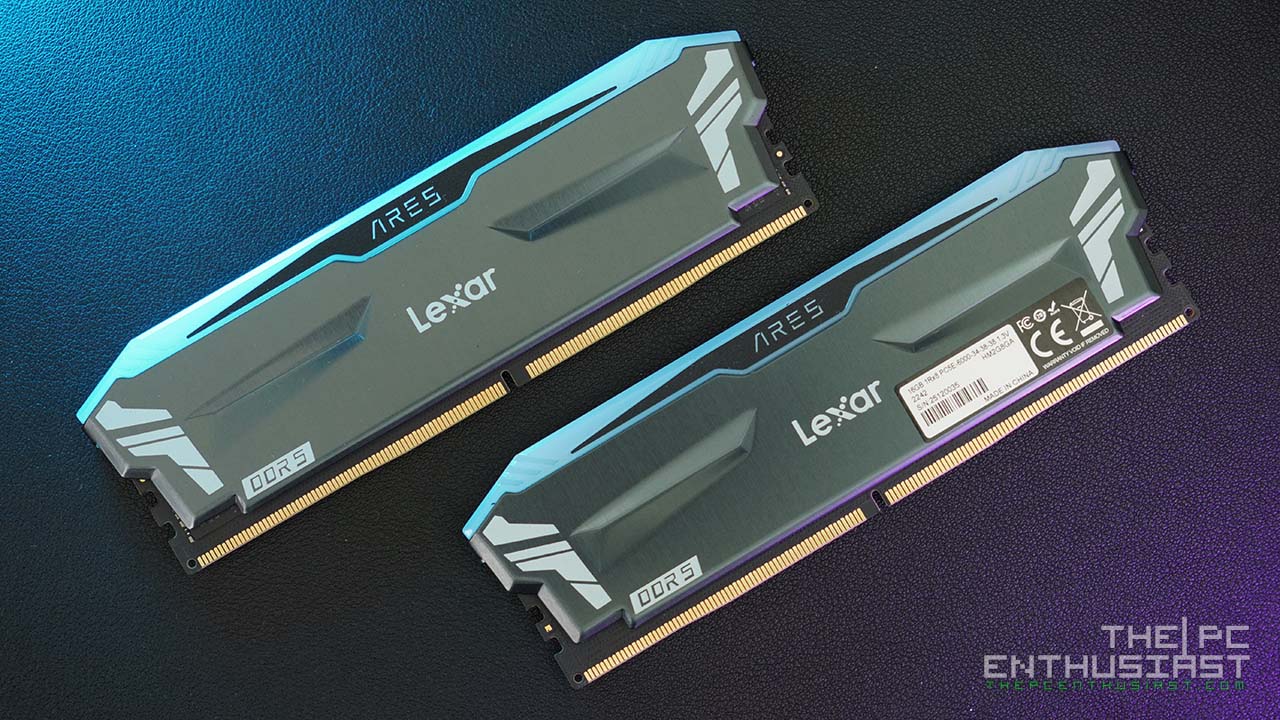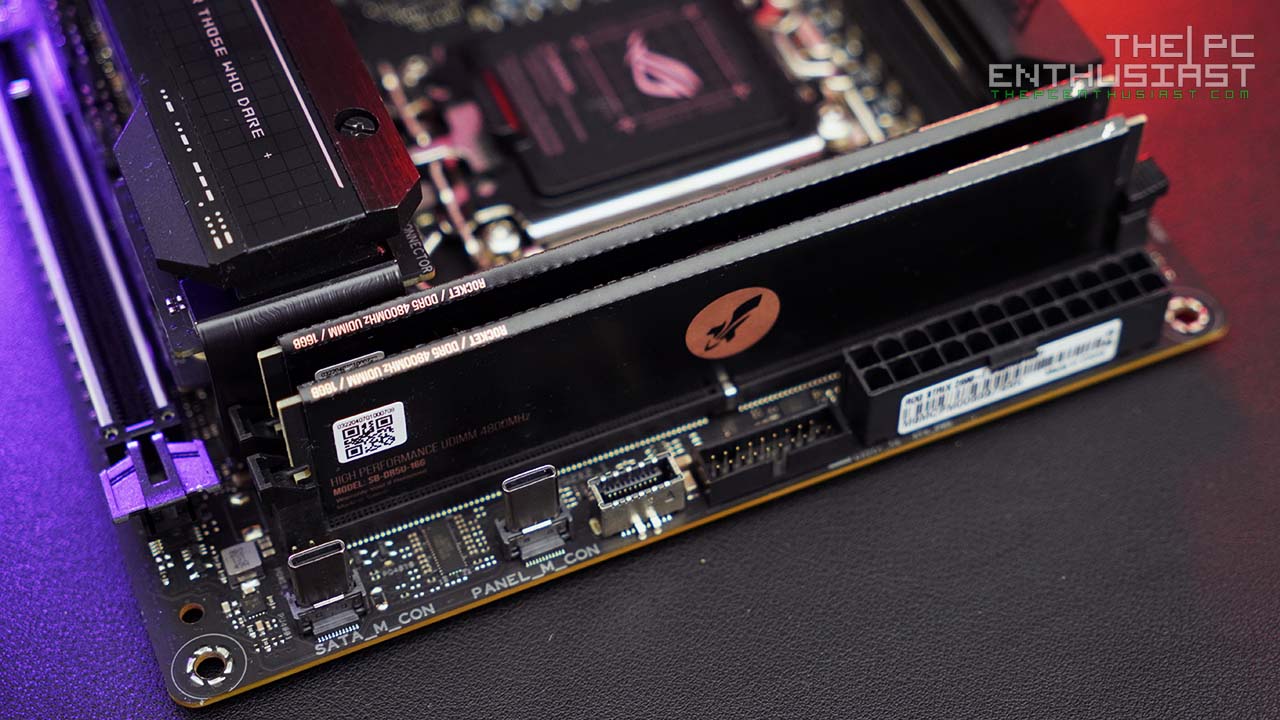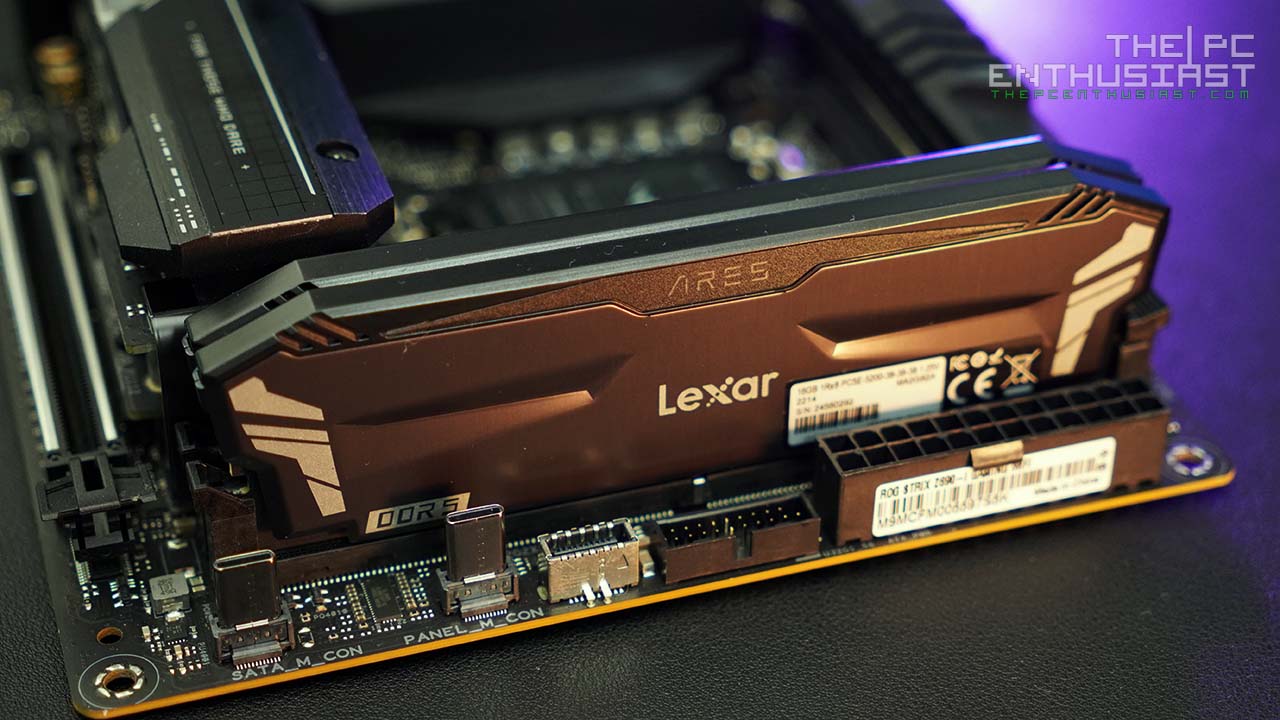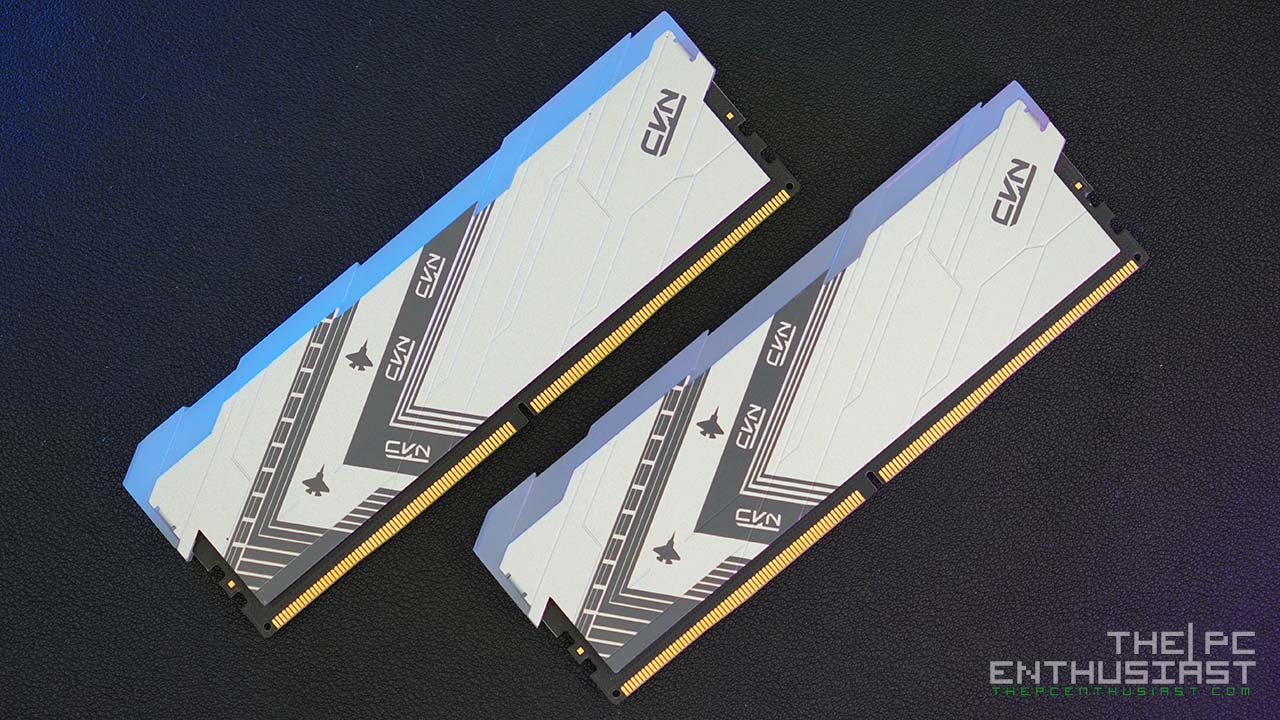ADATA XPG Z1 DDR4-2800 16GB Benchmark Results
In testing and benchmarking the ADATA XPG Z1 DDR4-2800 16GB memory kit, I used AIDA64’s cache and memory benchmark, SiSoft Sandra Memory Bandwidth and Latency tests, and to simulate real world performance I used RealBench 2.4. In the graphs below, I included the results I got when I tested the memory both on an X99 system and on a Z170 system.
NOTE: The Klevv Cras DDR4 was not tested on the same system where I tested the XPG Z1 DDR4. The Klevv Cras was tested on a Gigabyte X99 UD3P motherboard powered with an Intel Core i7-5960X processor running at stock speeds.
AIDA64 Engineer
Memory bandwidth benchmarks (Memory Read, Memory Write, Memory Copy) measure the maximum achievable memory data transfer bandwidth. The code behind these benchmark methods are written in Assembly and they are extremely optimized for every popular AMD, Intel and VIA processor core variants by utilizing the appropriate x86/x64, x87, MMX, MMX+, 3DNow!, SSE, SSE2, SSE4.1, AVX, and AVX2 instruction set extension.
The Memory Latency benchmark measures the typical delay when the CPU reads data from system memory. Memory latency time means the penalty measured from the issuing of the read command until the data arrives to the integer registers of the CPU.
SiSoftware Sandra Lite 2016
SiSoftware Sandra is a 32- and 64-bit client/server Windows system analyzer that includes benchmarking, testing and listing modules. It tries to go beyond other utilities to show you more of what is really going on under the hood so you draw comparisons at both a high and low-level in a single product. You can get information about the CPU, GPGPU, chipset, video adapter (GPU), ports, printers, sound card, memory, network, Windows internals even .NET and Java.
RealBench 2.4
Realbench is a benchmark that uses open source applications and simple scripting to simulate real-world performance of a PC system. It’s designed for to show the difference: Before and after a PC upgrade. To gauge the real effect of an overclock.
Based on the benchmark results I got, the ADATA XPG Z1 DDR4 performed generally better on an X99 platform. No wonder, since this kit was primarily designed for X99 system. The XPG Z1 became available in line with the release of the X99 motherboards, and it was already available before the Z170 motherboards were released. It performed on par with Avexir’s Raiden DDR4 we previously reviewed here, which also has a clock speed of 2800MHz, and the results remained true whether on an X99 or a Z170 motherboard.
However, the XPG Z1 DDR4 was no match for the Klevv Cras DDR4 running at a clock speed of 3000MHz. The results above may show that the Klevv Cras DDR4 has a huge advantage over the XPG Z1 DDR4 on an X99 system (it does), but on a day to day desktop operation and even when gaming the performance difference is somewhat difficult to discern. Surprisingly, the Klevv Cras DDR4 performed only a bit better than the ADATA XPG Z1 when it was installed on a Z170 motherboard, despite having a faster clock speed of 3000MHz. It is also noteworthy to mention that the ADATA XPG Z1 is a cheaper solution compared to the faster Klevv Cras.
Moving on to the RealBench 2.4 benchmark results, overclocking the XPG Z1 DDR4-2800 to 3000MHz didn’t result in any significant improvement at all. The numbers in the overclocked results are (slightly) higher, even in the AIDA64 memory benchmark, but in real world use the difference is insignificant and negligible. This basically means that for most users it’s best to stay at 2800MHz via its XMP profile.
Take note that the memory kits mentioned above were all primarily designed for an X99 system. But it doesn’t mean you can’t use them on a Z170 system. With the release of the new Intel 100 series based motherboards and Intel Skylake processors, there are now DDR4 dual channel memory kits available, designed and optimized for the mainstream users.
Let’s continue to the next page and conclude this review…


